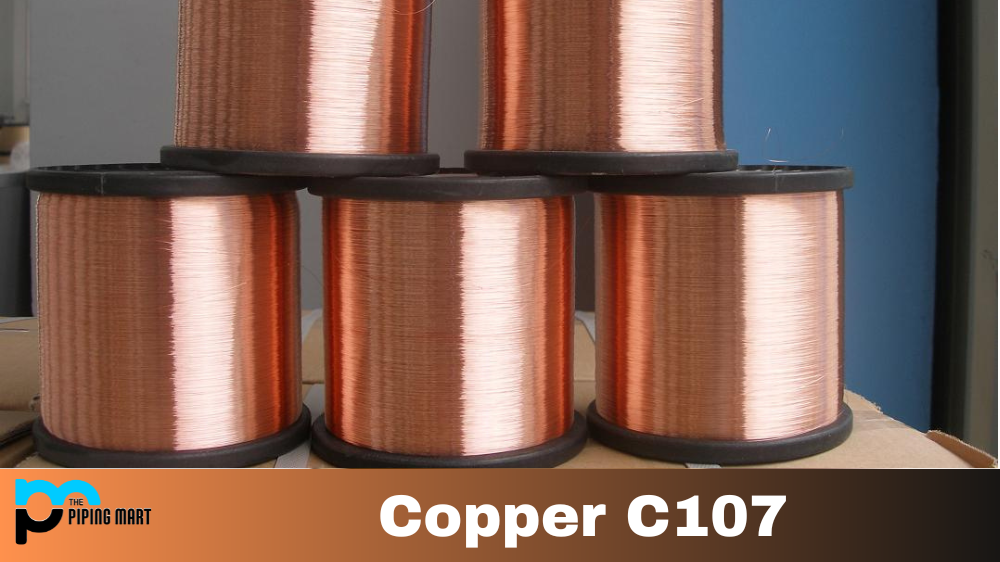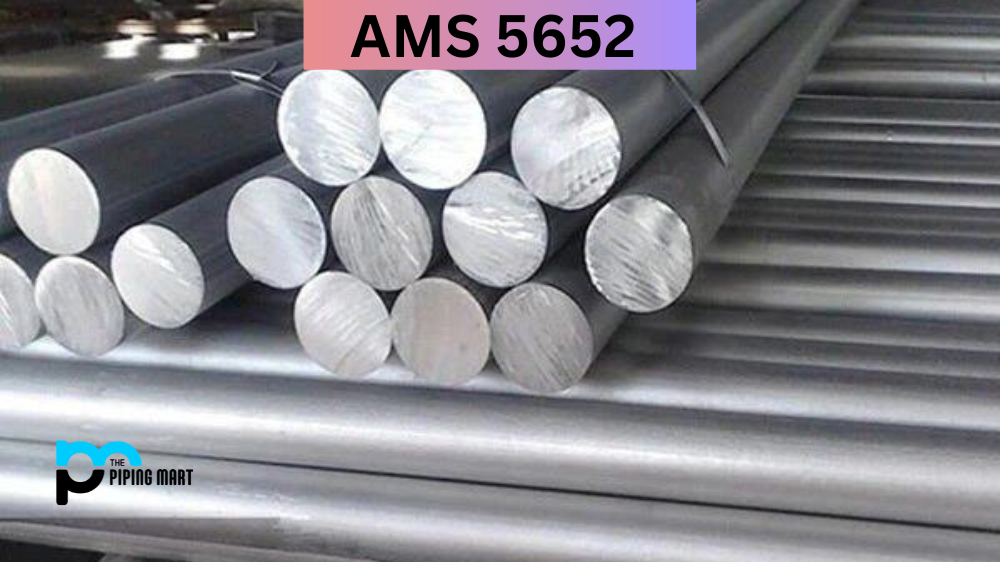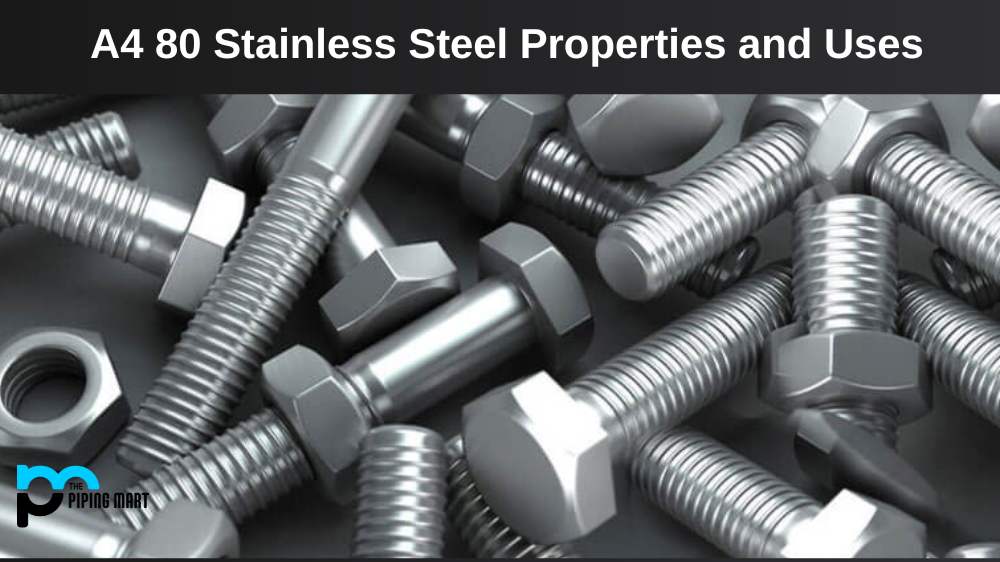Copper C107 is a copper alloy that has been used in numerous industries for a variety of applications. It has excellent mechanical properties, chemical properties, and physical properties, making it useful for many different types of tasks. In this blog post, we will examine the composition and uses of Copper C107 as well as its corrosion resistance, heat treatment, machining, welding and other characteristics.
C107 Copper Composition
Copper C107 is composed of 99.9% copper and 0.10% phosphorus. The phosphorus helps to provide greater strength and wear resistance than other copper alloys without sacrificing ductility or electrical conductivity. The composition gives Copper C107 excellent thermal properties and good machinability with low cutting speeds.
| Nominal | Minimum | Maximum | |
|---|---|---|---|
| Copper + Silver | — | 99.95 | — |
| Silver | — | 25 oz/ton* | — |
C107 Copper Physical Properties
Copper C107 is a type of copper alloy made with both high and low elements, making this an exceptionally strong alloy. It has excellent electrical and thermal conductivity, making it a great choice for wiring and energy transmission applications. This copper alloy has also been treated to make it more resistant to corrosion, preserving its properties for longer periods. C107 copper has the strength to endure exposure to high temperatures, which allows its use in multiple industrial processes where extreme temperatures are present. These impressive properties make C107 copper one of the most advantageous alloys available for many industrial uses.
| English Units | C.G.S. Units | |
|---|---|---|
| Melting Point (Liquidus) | 1981°F | 1083°C |
| Melting Point (Solidus) | °F | °C |
| Density | .323 lb./cu. in. @ 68°F | 8.94 gm/cu. in. @ 20°C |
| Specific Gravity | 8.94 | 8.94 |
| Coefficient of Thermal Expansion | .0000094 per °F from 68°F to 212°F | .0000170 per °C from 20°C to 100°C |
| Coefficient of Thermal Expansion | .0000096 per °F from 68°F to 392°F | .0000173 per °C from 20°C to 200°C |
| Coefficient of Thermal Expansion | .0000098 per °F from 68°F to 572°F | .0000177 per °C from 20°C to 300°C |
| Thermal Conductivity | 226 Btu./sq. ft./ft./hr./°F @ 68°F | .934 cal./sq. cm./sec./°C @ 20°C |
| Electrical Resistivity (Annealed) | 10.3 Ohms (circ. mil./ft.) @ 68°F | 1.71 Microhm-cm @ 20°C |
| Electrical Conductivity* (Annealed) | 101% IACS @ 68°F | .586 Megohm-cm @ 20°C |
| Thermal Capacity (Specific Heat) | .092 Btu./lb./°F @ 68°F | .092 cal./gm./°C @ 20°C |
| Modulus of Elasticity (Tension) | 17,000,000 psi | 12,000 Kg./sq. mm |
| Modulus of Rigidity | 6,400,000 psi | 4,500 Kg./sq. mm |
C107 Copper Chemical Properties
Copper C107 is a versatile chemical element with various properties, making it an ideal choice for many industrial applications. The most common use of this metal is alloyed with other metals to create resistive products used in electrical wiring and appliances. The combination of its excellent thermal and high electrical conductivity has earned it much favorability from the engineering community, especially when creating heat exchangers and radiators for cooling systems. Its high stability also makes Copper C107 capable of forming strong bonds when alloyed with certain other materials, lending it to producing piping networks and components needed throughout nearly every industry imaginable. Truly, this dynamic mineral deserves its place as one of the most widely used chemistries on Earth.
C107 Copper Mechanical Properties
One can expect strong and reliable performance when it comes to the mechanical properties of copper C107. This copper alloy is highly resistant to wear and tear and has excellent tensile strength, allowing it to be used for components that will endure long-term usage. Moreover, C107 has been designed to offer high fatigue strength, which makes it suitable for parts that require repetitive movement or loading. It’s corrosion resistance when exposed to different elements is yet another major plus point for this versatile alloy. Lastly, C107 can withstand higher temperatures than other materials making it the ideal option for heat treats and furnaces components. Its unique combination of features allows copper C107 to be used in various applications that demand reliable performance.
| Size Section | Temper | Tensile Strength psi | Yield Strength (.5% Extension Under Load) psi | Reduction of Area % | Elongation in 2” % | Rockwell Hardness | Shear Stength psi | Fatigue Strength | |||
|---|---|---|---|---|---|---|---|---|---|---|---|
| F | B | 30T | psi | Million Cycles | |||||||
| Flat Products | |||||||||||
| 0.040 in. | 0.050 mm | 32,000 | 10,000 | — | 45 | 40 | — | — | 22,000 | — | — |
| 0.025 mm | 34,000 | 11,000 | — | 45 | 45 | — | — | 23,000 | 11,000 | 100 | |
| Eighth Hard | 36,000 | 28,000 | — | 30 | 60 | 10 | 25 | 25,000 | — | — | |
| Quarter Hard | 38,000 | 30,000 | — | 25 | 70 | 25 | 36 | 25,000 | — | — | |
| Half Hard | 42,000 | 36,000 | — | 14 | 84 | 40 | 50 | 26,000 | 13,000 | 100 | |
| Hard | 50,000 | 45,000 | — | 6 | 90 | 50 | 57 | 28,000 | 13,000 | 100 | |
| Spring | 55,000 | 50,000 | — | 4 | 94 | 60 | 63 | 29,000 | 14,000 | 100 | |
| Extra Spring | 57,000 | 53,000 | — | 4 | 95 | 62 | 64 | 29,000 | — | — | |
| As Hot Rolled | 34,000 | 10,000 | — | 45 | 45 | — | — | 23,000 | — | — | |
| 0.250 mm | 0.050 mm | 32,000 | 10,000 | — | 50 | 40 | — | — | 22,000 | — | — |
| Eighth Hard | 36,000 | 28,000 | — | 40 | 60 | 10 | — | 25,000 | — | — | |
| Quarter Hard | 38,000 | 30,000 | — | 35 | 70 | 25 | — | 25,000 | — | — | |
| Hard | 50,000 | 45,000 | — | 12 | 90 | 50 | — | 28,000 | — | — | |
| As Hot Rolled | 32,000 | 10,000 | — | 50 | 40 | — | — | 22,000 | — | — | |
| 1.0 in. | Hard | 45,000 | 40,000 | — | 20 | 85 | 45 | — | 26,000 | — | —
|
C107 Copper Equivalent
| ASME SB152 | ASTM B188 | ASTM B272 | QQ B650 |
| ASTM B1 | ASTM B189 | ASTM B298 | ASTM B506 |
| ASTM B133 | ASTM B2 | ASTM B3 | MIL B-19231 |
| ASTM B152 | ASTM B224 | ASTM B355 | MIL B-20292 |
| ASTM B187 | ASTM B246 | ASTM B49 | MIL W-3318 |
C107 Copper Uses
Copper alloy C107 is a highly versatile material, and its uses are becoming more numerous daily. It is most often used as a wire conductor as its superior electrical conductivity provides excellent performance and reliability in applications ranging from electronics to motors to industrial machinery. Copper C107 has many other uses due to its strength, machinability and weldability properties. It can be precision machined into the desired shape for complex parts such as medical implants and automotive components. Its thermal conductive properties make it an ideal choice for heat exchangers and equipment with high-temperature requirements. With its strength and non-corrosive nature, this copper alloy has become increasingly popular in architectural construction projects ranging from commercial buildings to sculptures and statues. Due to its unique combination of properties, Copper C107 is used in many applications across many industries, including automotive parts manufacturing, aerospace components fabrication, electrical wiring installations, plumbing work and even sporting equipment production. It can also be used for components such as bushings, bearings, fittings and valves. It is also often used to manufacture products such as springs and washers due to its malleability and corrosion resistance.
- Copper is an essential trace element that is vital to the health of humans, animals, and plants.
- Copper is found in various foods, including meats, seafood, vegetables, and grains.
- Copper is an important component of many enzymes and plays a role in various biochemical processes.
- Copper is involved in the absorption and transport of iron in the body and is necessary for the formation of haemoglobin.
- Copper is essential for the proper development and function of the nervous system.
- Copper is necessary for producing collagen and elastin, two important proteins for healthy skin and connective tissue.
- Copper helps to protect the body from damage caused by free radicals and inflammation.
- Copper plays a role in energy production and metabolism and is necessary to function several enzymes involved in these processes properly.
- Copper deficiency can lead to various health problems, including anaemia, osteoporosis, cardiovascular disease, and neurological disorders.
- Supplementing with copper can help to prevent or treat copper deficiency and improve the overall health
Corrosion Resistance
Copper C107 is highly resistant to corrosion from both acidic solutions and saltwater environments. It is ideal for use in marine applications where long-term exposure to high humidity levels is expected.
Heat Treatment
It can withstand temperatures up to 800°F (427°C) without losing significant strength or becoming brittle when heat-treated. This makes it an excellent choice for heat exchangers or other applications requiring regular exposure to elevated temperatures. Additionally, it has good weldability characteristics that make it suitable for welding applications where strong bonds are needed without compromising the integrity of the material itself.
Machining
When machined properly with proper tooling techniques such as turning or milling at low cutting speeds while using adequate lubrication, the material produces excellent results with minimal burring or chipping on the finished product surface finish requirements are met with ease using this type of material due to its ability to hold tight tolerances when machined correctly with quality tooling setups.
Heat Resistance
Copper is one of the most versatile metals found in nature, and its use has become increasingly popular due to its heat resistance and electrical conductivity. The alloy C107, in particular, is an excellent example of why copper is used in various industrial and architectural applications. This alloy can withstand temperatures up to 286°C (550°F) without significantly changing its properties. It is ideal for items that need to resist high temperatures, such as wires or pipes used near heating elements or ovens. C107 also has great corrosion resistance along with its heat resistance, making it incredibly durable and reducing maintenance concerns. Copper C107 offers tremendous value in almost any setting thanks to these qualities and more.
Welding Properties Of Copper C107
For welding applications involving copper alloys like Copper C107, the oxyacetylene gas welding method produces the best results when done by a certified professional who understands how different alloys react differently when exposed to some aspects during the welding process.
Conclusion
In conclusion, Copper C107 is an incredibly versatile alloy whose excellent combination of mechanical, chemical, and physical properties makes it suitable for numerous industrial purposes, including automotive parts manufacturing, aerospace components fabrication, electrical wiring installations, plumbing work, sporting equipment production, bushings bearings, fittings valves, springs washers, heat exchangers and more. Its excellent corrosion resistance in both acidic solutions and saltwater environments makes it ideal for marine applications, while its good weldability makes it suitable for various welding projects. When machined properly with adequate lubrication, it produces great results while holding tight tolerances, which makes it ideal for precision machine shops looking to meet tight surface finish requirements on their products. All things considered, Copper C107 truly is an impressive material that should be considered by anyone looking into using metals in their projects!
Sakshee is a talented blogger, with a particular focus on the Business and Metal Industry. She is passionate about sharing her insights on various metal products and helping professionals to make a better decisions.




